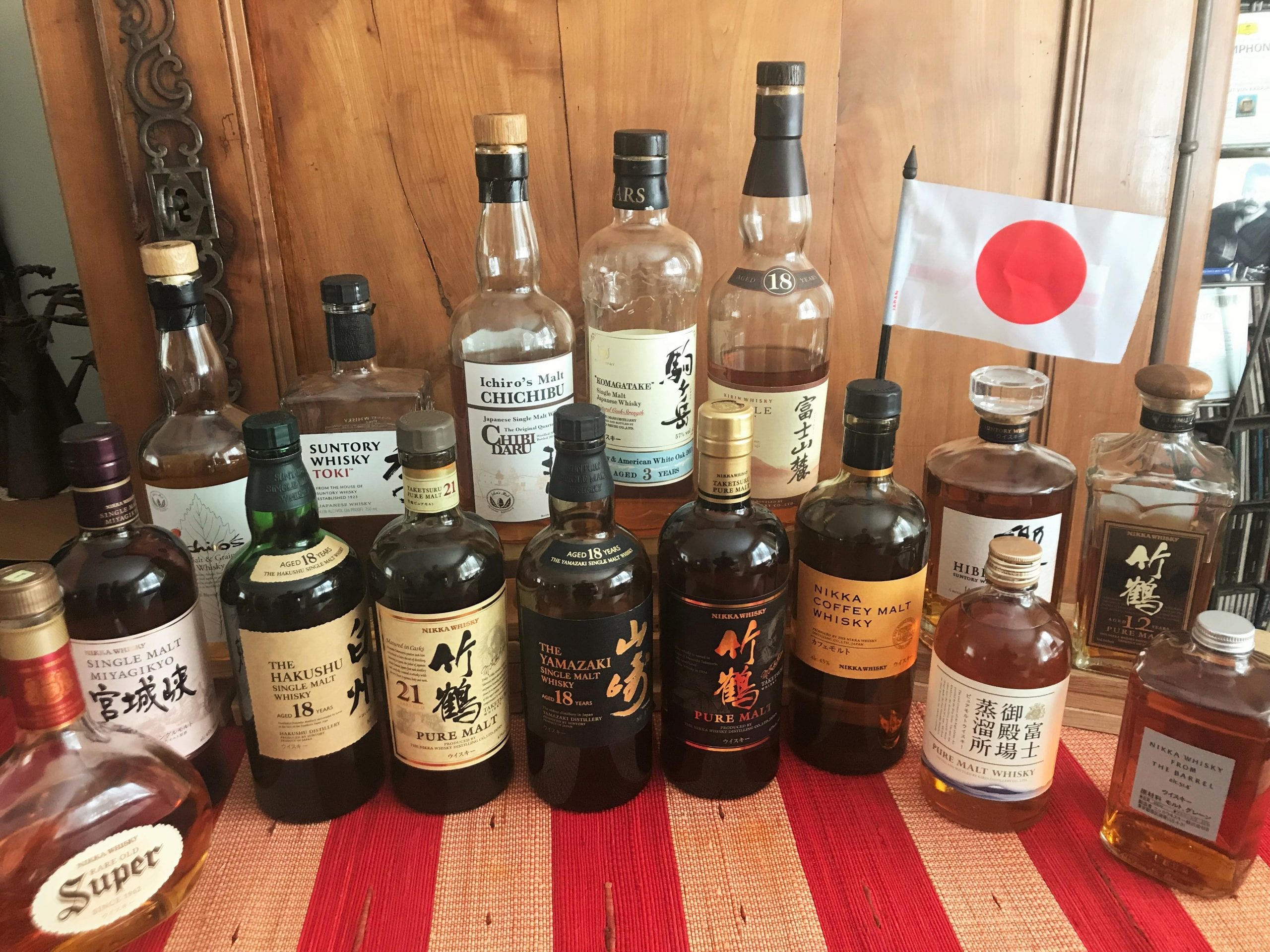JAPANESE WHISKY, THE NEW RULES!

At last, this happened! It means that Japanese whisky will be Japanese whisky…
What?
Yes, you read well: before April 1st 2021, any whisky that was “made” on Japanese soil was called legally “Japanese whisky”. This means (and it really happens…) that anyone could buy a scotch whisky (or any other whisky) at a cheap price by the bulk, bottle it in Japan, put a nice label with some Japanese language or imagery on it and call it Japanese whisky. And, of course, at a high premium.
Many abuses have happened, using that weak regulation. The shortage of real Japanese whisky helped a lot to feel the gap of the appetite many consumers had.
But now, as of April 1st, 2021, new rules apply that will ensure that Japanese whisky is really made in Japan. the rules are clearly inspired from the Scotch whisky definition.



The rules are quite clear in terms of what MUST be Japanese or happen in Japan, and the process that is required:
- Grain mix: must contain malted grain (which brings the enzymes to convert the starch)
- The malting must happen in Japan (preventing any malted grin to be imported, while unmalted grain can be)
- Water: from Japan exclusively
- The fermentation must happen in a distillery in Japan
- The distillation of the wash must happen in Japan, and produce a spirit of less of 95% alcohol content (that is to preserve the aromas)
- Maturation must happen on the Japan soil for at least three years
- The cask should not exceed a capacity of 700 liters
- The proof of the final product in the bottle must be at least 80 proof or 40% ABV (Alcohol by Volume), as it is everywhere in the world.
- As it is for the Scoych, plain caramel can be used for the purpose of colour consistency batch over batch.



On top of it, the labels will be highly regulated, prohibiting to use Japanese symbols for the whiskies not complying to the requierements above. This includes: Names of people, cities, regions, mountains, rivers, or places that evoke Japan, the Japanese flag and even a Japan era name.



It looks good, BUT, it is not a law, and its enforcement, specially outside of Japan, will likely be difficult.
The Japan Spirits & Liqueurs Makers Association who has issued this set of guidelines will have three years to find ways to enforce it, as it is the time to existing whisky makers to comply to this regulation. It looksthof maturation is important in the whisky world!
Now, should whisky be spelled WHISKY or WHISKEY? There is no regulation for it anywhere in the world, more usage, then both spelling are authiorized in Japan.
Want to learn more about the history and accepted rule of the whisk(e)y spelling? check HERE



Now it is time to enjoy real Japanese whiskies! All the pictures represented in this post are true Japanese whiskies made in Japan following the requirements cited above.
CHEERS!




